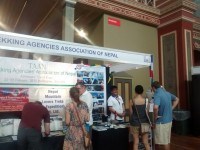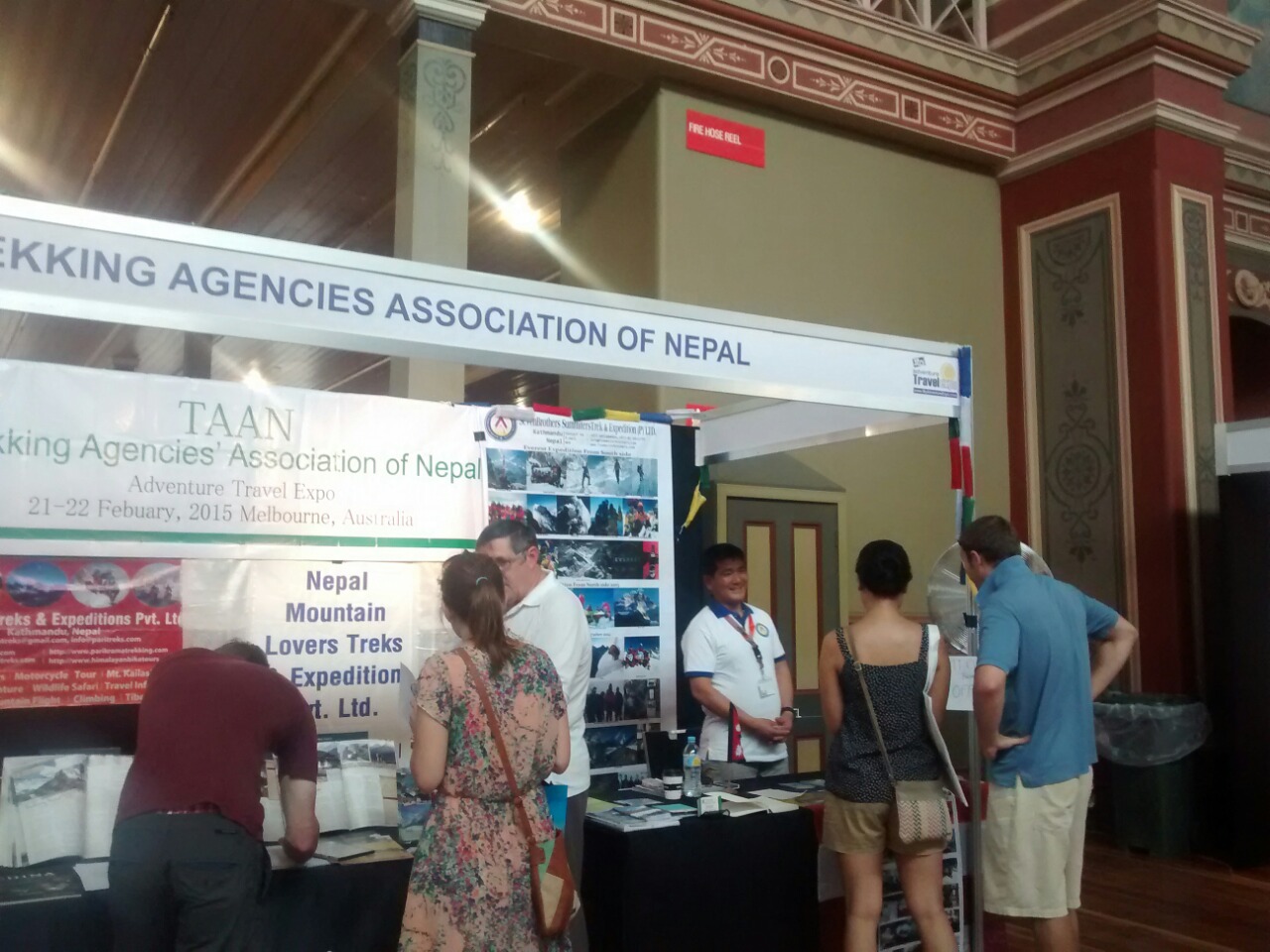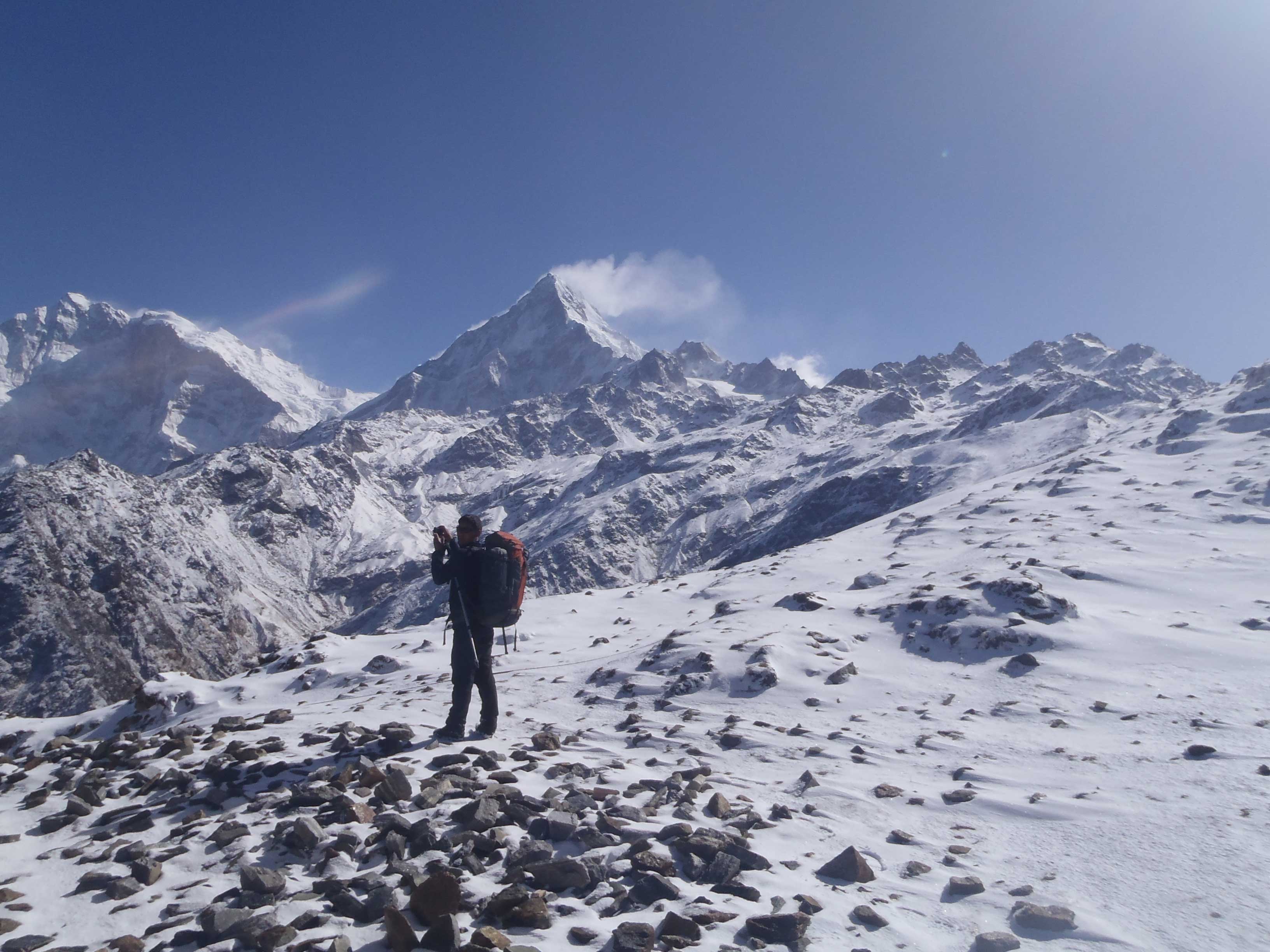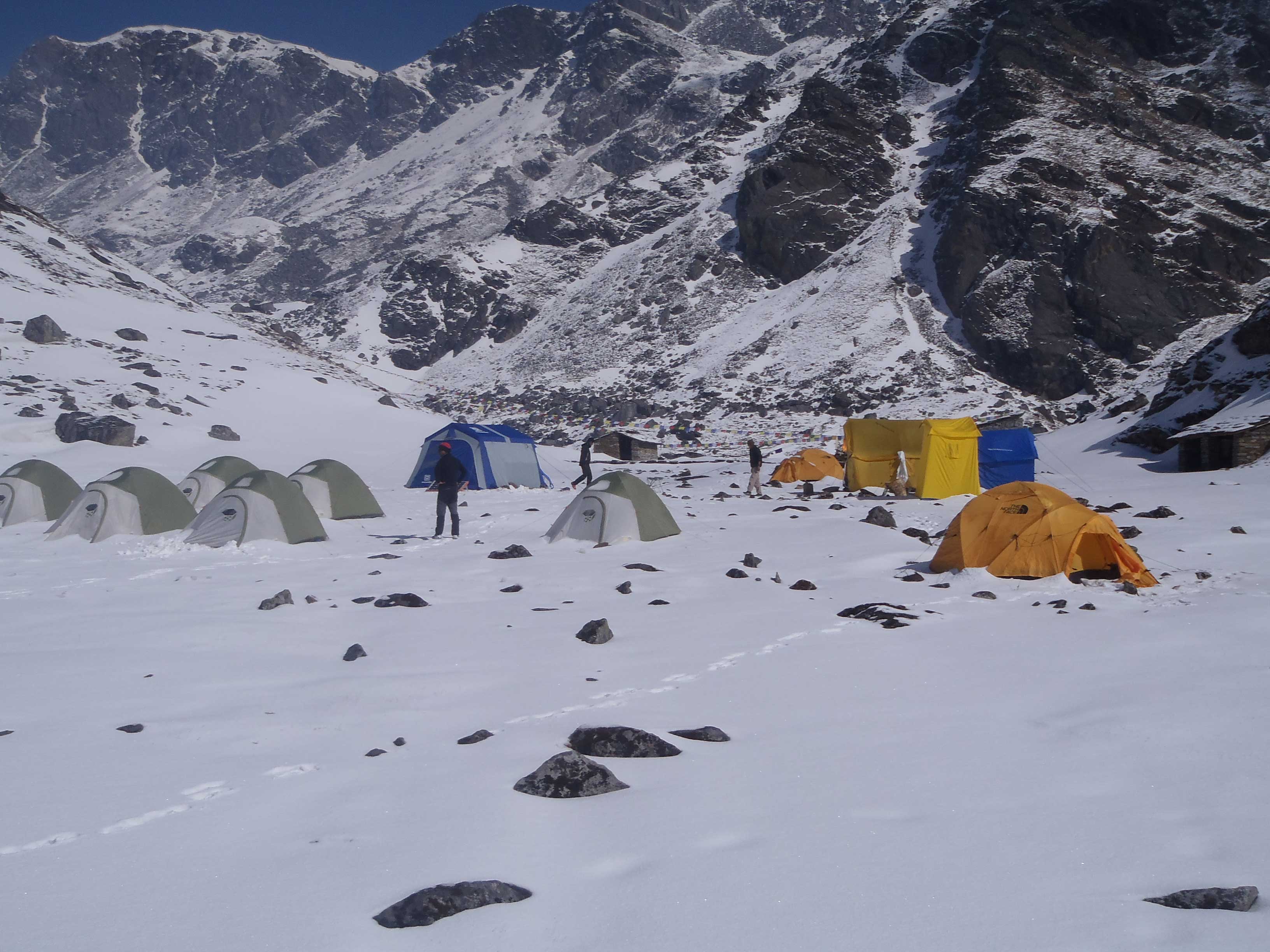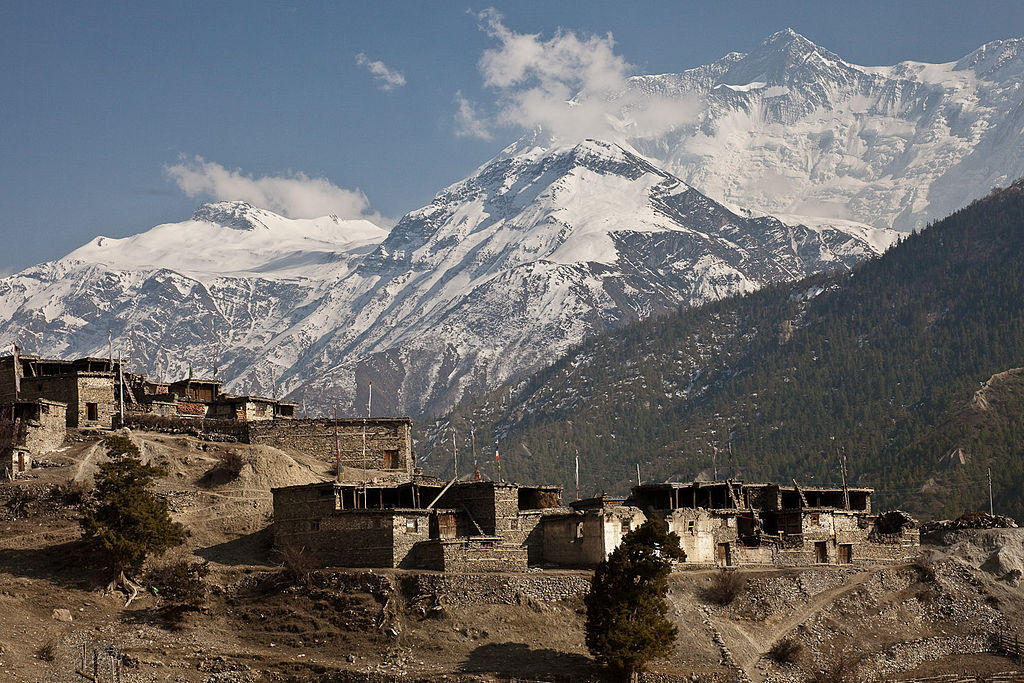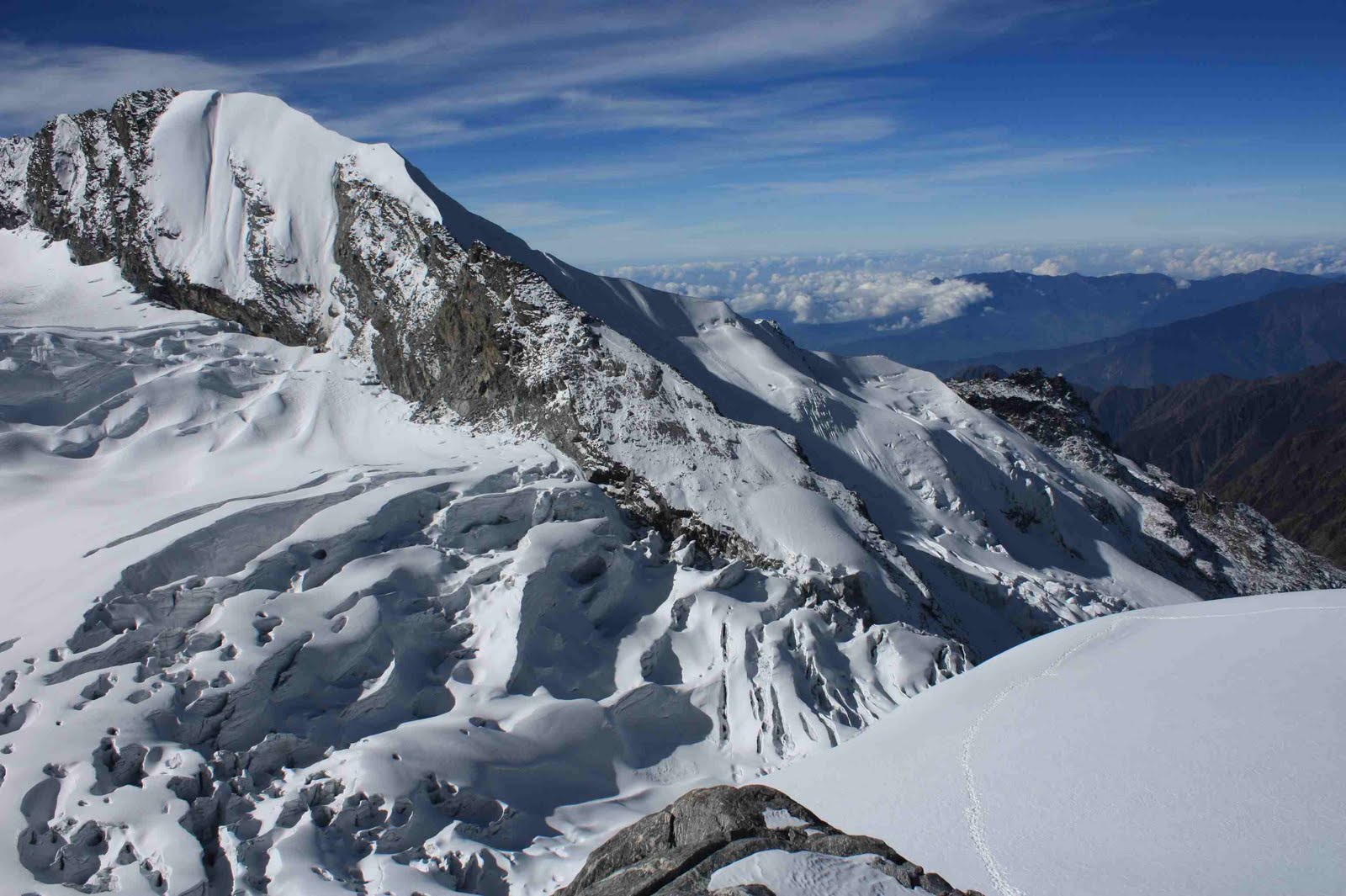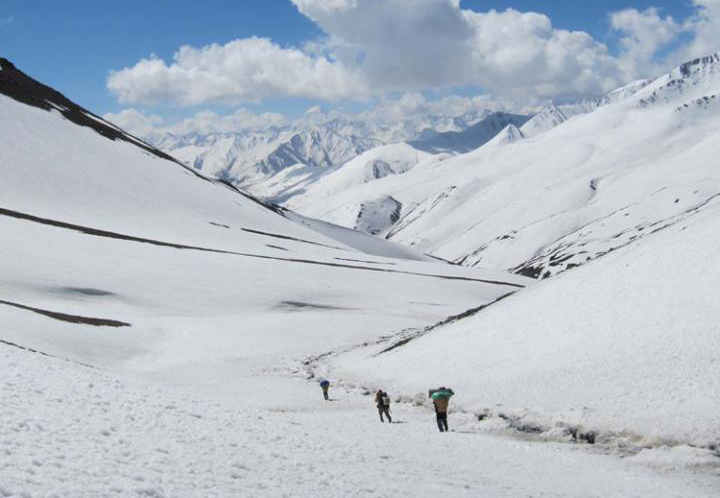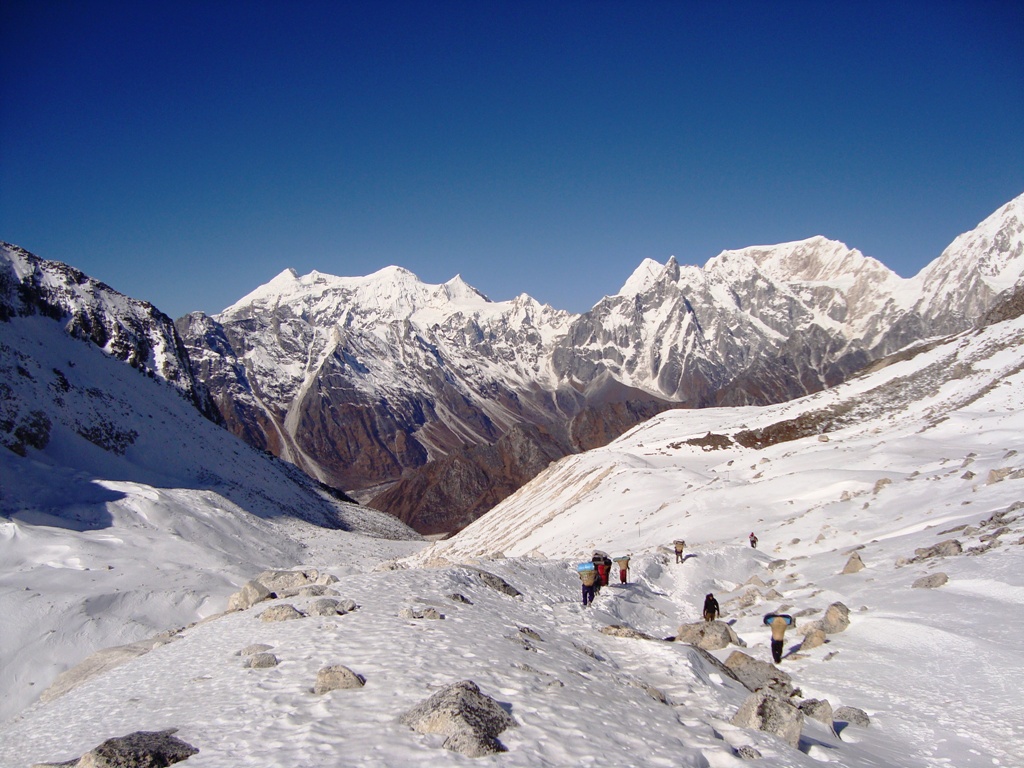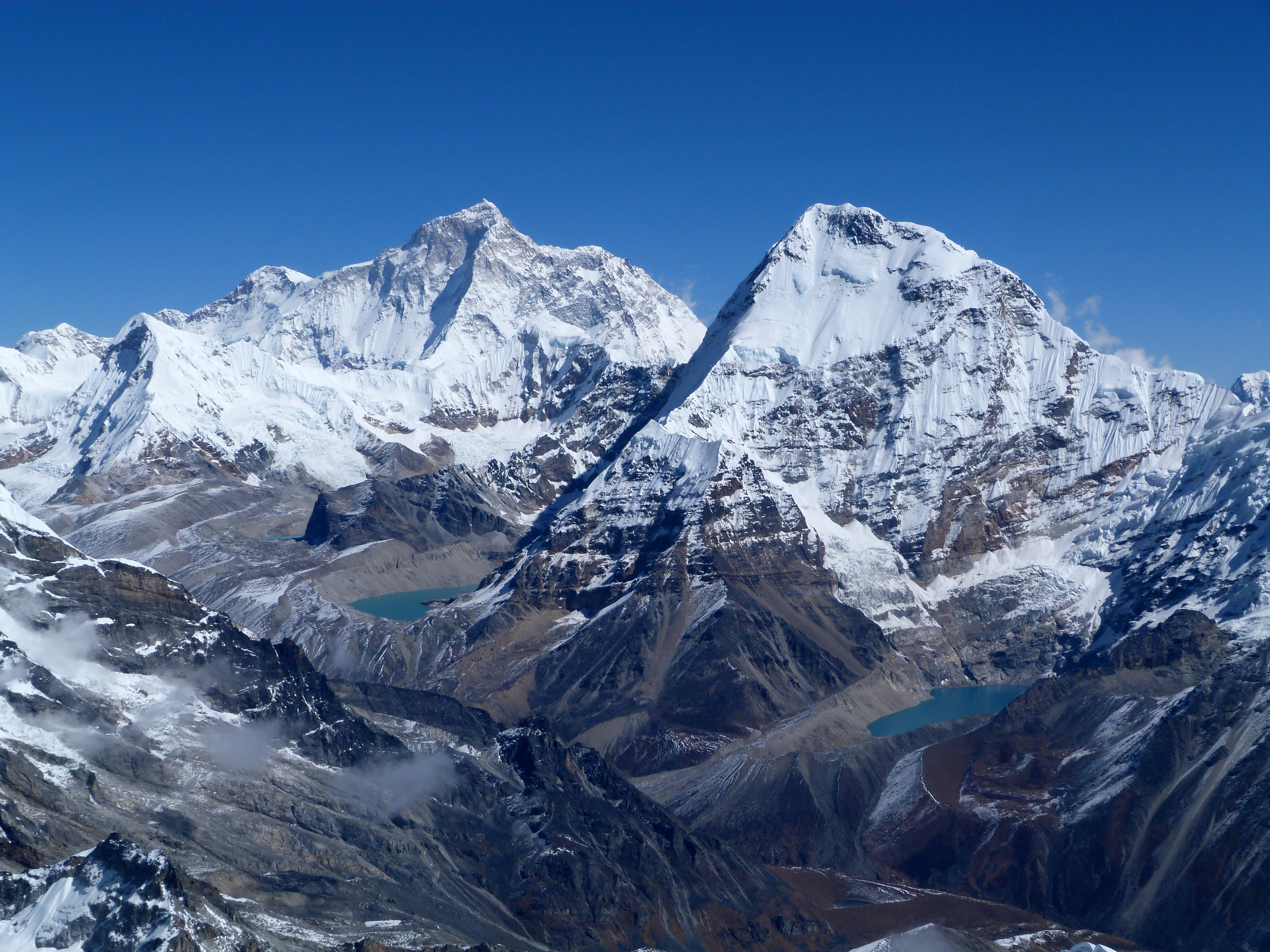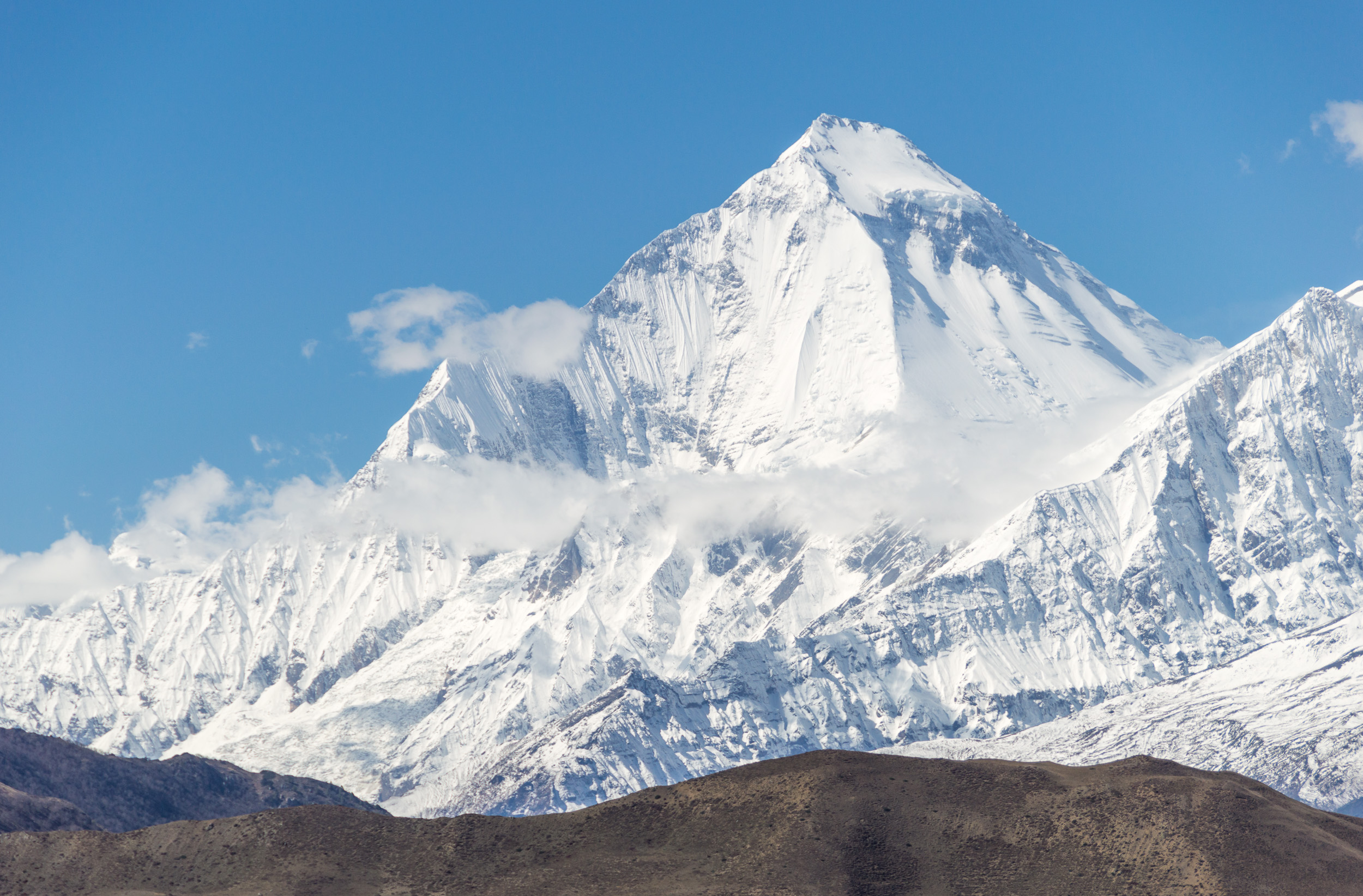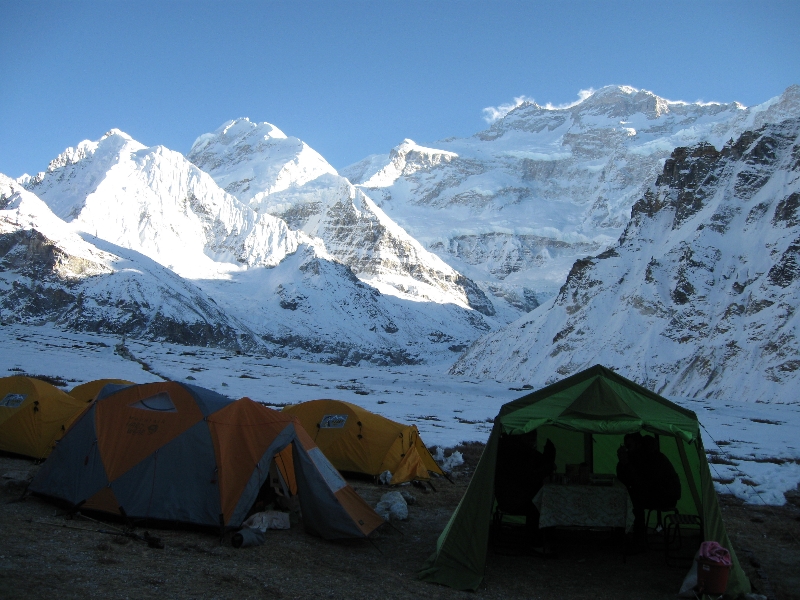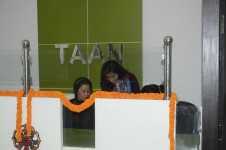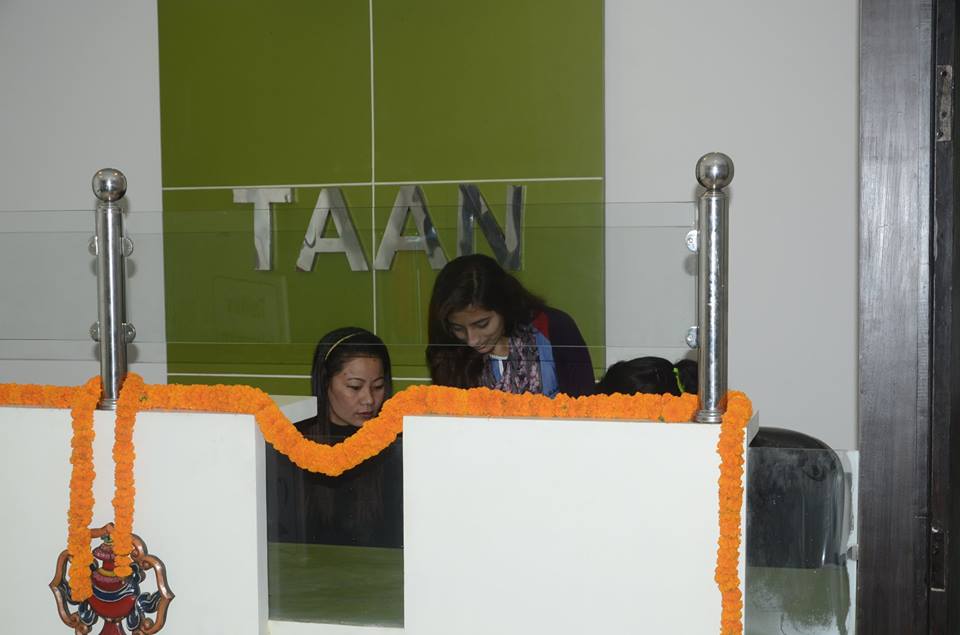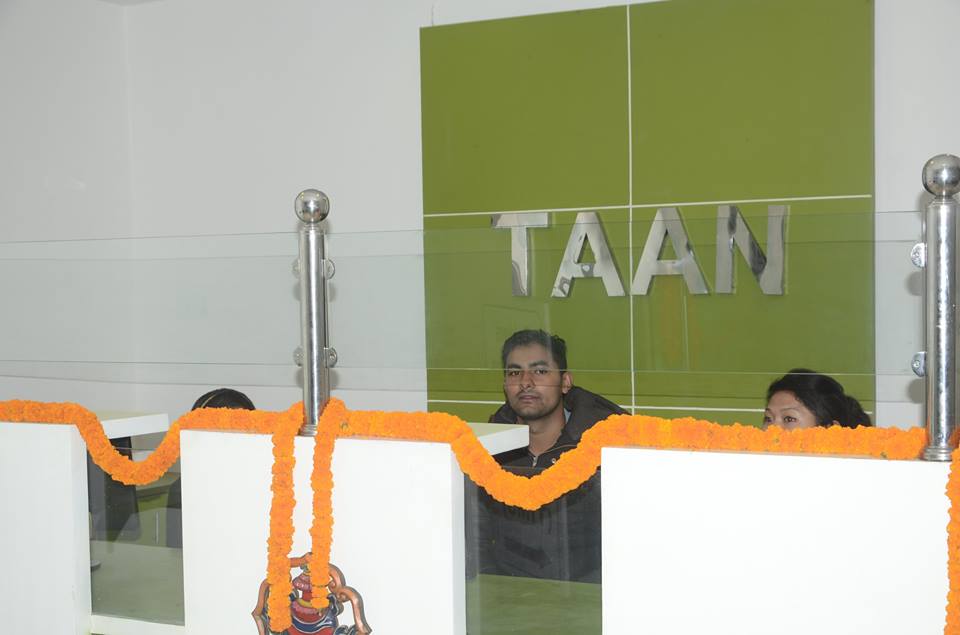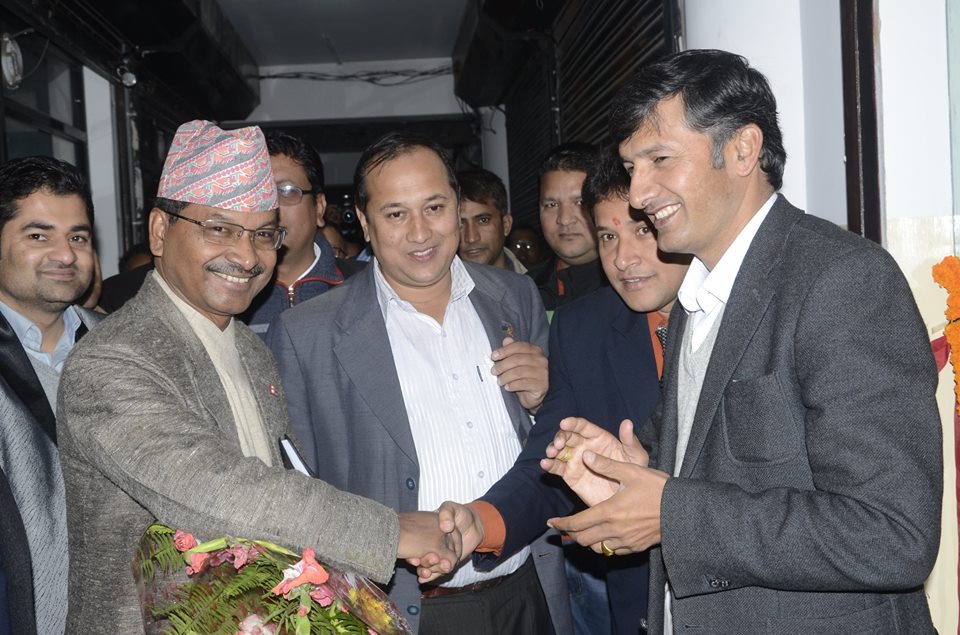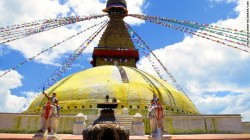
Mention Nepal and most people think snow-capped scenes, of 7,000-meter mountains and the climbers raring to conquer them. Is there much to the country beyond its mighty Himalayan peaks? Yes.
Thankfully, for those who don’t consider it a vacation to hike for days, eat out of tins and do their business in a hole in the ground, it’s possible to “do” Nepal without scaling anything. Here are six ways to experience mountain country minus the mountain climbing.
In search of the inner Buddha
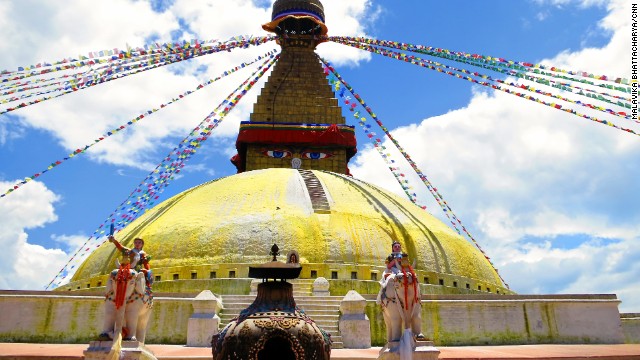
Who knew a hum could be so infectious?
The ubiquitous Buddhist mantra of “Om Mani Padme Hum” fills every monastery, shop and establishment in Nepal. For embracing the spirituality that’s woven into this little mountain nation, Boudhanath — Kathmandu’s thriving Buddhist enclave and a UNESCO World Heritage site — is a good place to start. The circular complex pulsates with the energy of chanting monks and Buddhist devotees. It might be a peaceful place of worship, but it’s a riot of color. The ivory and yellow stupa in the center is wreathed in rainbow-hued prayer flags. Maroon-clad monks walk clockwise around the stupa, turning prayer wheels with their right hand, and lighting lamps. Anyone can join in, provided they remember to walk clockwise. Scattered along the back alleys in radial, unnamed roads, other smaller, incense-filled monasteries such as the Jamchen Lhakhang and Shechen Monastery are pockets of calm. In the large courtyard of Shechen, young monks in training sit with their books and smartphones, eager to take photos with visitors. In a ring around the stupa, little shops are crammed with singing bowls and thangka religious paintings. Rooftop restaurants like Cafe du Temple or Stupa View offers great view of the stupa. An hour’s bus ride away from Kathmandu, visitors can spend a weekend at the guesthouse adjacent to Neydo Tashi Choeling Monastery to immerse them in Tibetan Buddhism, meditate in the Himalayas and find out what it’s like to live with 200 monks.Boudhanath stupa’s prayer flags.
Chill out at the end of the universe
“Hitchhikers Guide to the Galaxy” author Douglas Adams probably never dreamed his influence would be felt 2,200 meters up a Himalayan mountain in Nepal.
In Nagarkot — a village 30 kilometers from Kathmandu that sits quietly above the clouds — the Hotel at the End of the Universe sits atop its own mountain with 180-degree views of terraced farms and the 7,000-meter peaks of the Annapurna and Langtang ranges. “The name is inspired by [‘Hitchhikers’ sequel] ‘Restaurant at the End of the Universe’,” says the splendidly monikered Oasis Bhaju, who’s been running the place for the past 18 years.
“The hippies were here many years ago,” says Bhaju. “Someone suggested this name to my father saying it would bring him good luck. I think people like it because it reminds them of Douglas Adams’ book.”There’s more than just the familiar name. On a clear day, the hotel offers a majestic view of the sunrise over Mount Everest. Low-roofed wooden rooms look out on hazy blue mountains poking up through the mist: the Ganesh Himal and Manasulu, to name a few. In the evening, over a Khukri rum or two with the super friendly hotel staff, guests can sometimes jam with them on their didgeridoos and djembes.
Drink like a local
Nepalis like their booze, and they like it strong.
While the words “khukri” (the curved Nepalese dagger) and “gorkha” (named for the fierce soldiers) may conjure images of fierce soldiers brandishing razor-edge machetes, in Nepal they hold the promise of a good time. Gorkha also gives its name to a bitter and heavy brand of Nepalese beer. Khukri is the local dark rum. Neither are for the easily intoxicated. Momos: Nepal’s answer to dim sum. Everest, a milder local brand of beer, goes down easier. One of the best places to rock out with the locals is at Purple Haze in Kathmandu’s tourist-filled Thamel district. Most nights see a band belting out Hendrix and Led Zep covers to a dance floor rammed with locals letting their hair down. Khukri-induced courage might be needed to bust out some smooth moves among the expat and local crowd at Tuesday salsa nights at Tamarind in southern Kathmandu’s Lalitpur district.
Make some MO: MO

Any Nepali restaurant worth its spicy chutney is bathed in the scent of steamed momos, Nepal’s version of dim sum, and hot thukpa noodle soup. Visitors may weary of them while in Nepal, but are sure to miss them when they leave. So how to cure those post-travel momo cravings? Social Tours offers momo-making lessons at a produce market close to its Thamel kitchen. The market is a good place to stock up on ingredients including flour for the dough, veggies or chicken, but it’s also a great place to see everyday Nepali life. “Classes usually last two to three hours, but it really depends on the clients’ speed,” says Anura Rai, local trips consultant at Social Tours. Local women teach students how to make dough from scratch, get the proportions right, fold the dumplings into little bite-sized pockets and then whip up mean peanut and chili sauces to service with them. “Folding is quite difficult, clients take time to learn,” says Anura. “It’s an art and we teach them how to do it.” Travelers choose what to pay depending on the experience they’ve had.
Be immersed in history and architecture
A paradise for history and architecture buffs, centuries-old traditional buildings dominate the durbar squares — the plazas that form the ancient centers of Kathmandu. Patan, Kathmandu and Bhaktapur Durbar Squares, all listed as UNESCO World Heritage Sites, echo a slower time, with old men in traditional caps playing cards on wood and brick plinths. Patan Durbar Sqaure, one of the World Heritage Sites in Nepal. The 17th-century Royal Palace stands on Patan Durbar Square. Its three courtyards, Sundari Chowk, Mul Chowk and Mani Keshav Narayan Chowk, were once home to Malla Dynasty kings. Scattered around it are temples. Some, like the pagoda-style Golden Temple, the shikhara-style Krishna temple with 21 gold pinnacles and the Kumbheshwar Temple with its five-tier roof, date from the 12th century. Often, a Nepali wedding takes place amid the crowds. The Kumari — a young girl given worshipped as an incarnation of the Hindu goddess, Taleju, for the duration of her childhood — sometimes makes an appearance at the Durbar Square’s Kumari Chowk, where she lives.
Source: CNN.com






